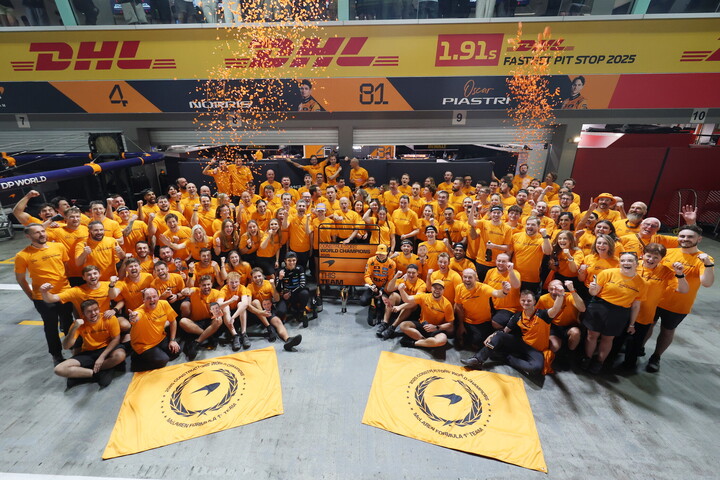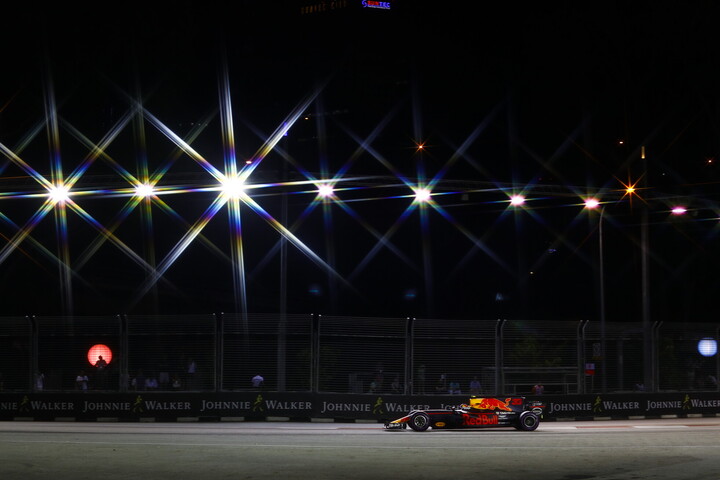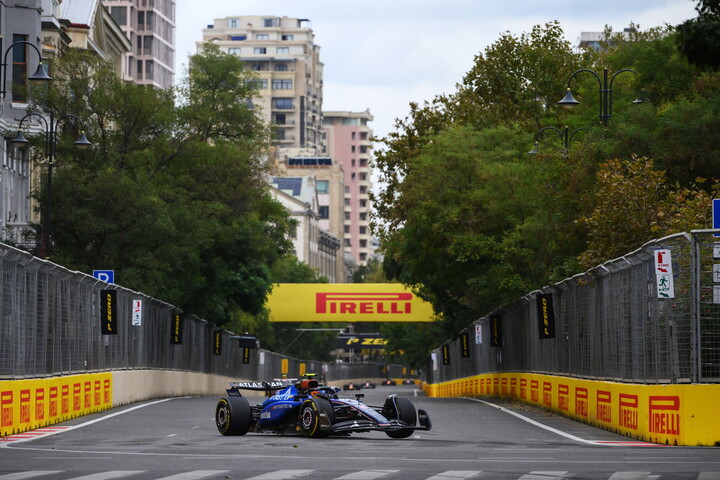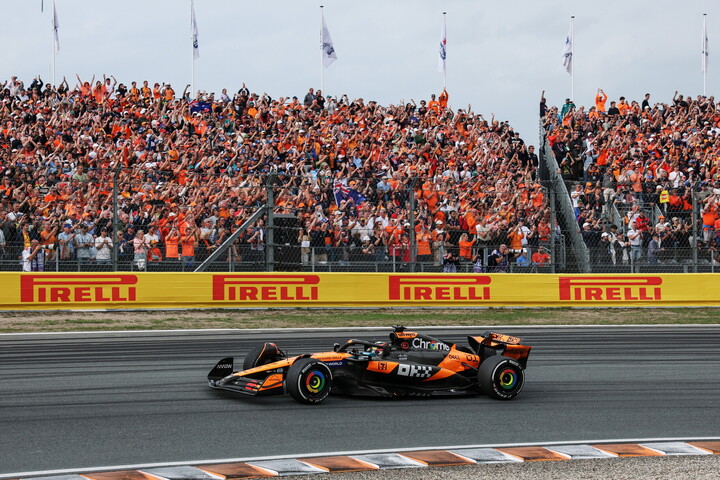The first Grand Prix behind the iron curtain

Leaving aside Europe, grand prix racing already had a home in America (albeit in South America: the United States still had a somewhat lukewarm view). Africa had also formed part of the calendar thanks to various races in South Africa – although the sport hadn't travelled there in a while. Japan had been on the schedule since 1976, and there was already talk of an Australian Grand Prix. So at the beginning of the 1980s, the final frontier was definitely Russia – or, more specifically, Moscow. This could have made global rather than merely sporting history, with a specifically designed circuit running through the Red Square itself. With a bit of luck, it could even have been the final nail in the coffin of the Iron Curtain, which was already beginning to crumble around the edges. As has so often been the case though, Russia resisted. Mikhail Gorbachev's perestroika accelerated relations with the west, but the concept of a grand prix in the shadow of the hammer and sickle still remained a dream. In fact, it was a project that never materialised for another 30 years or so, and a long way from Moscow: in Sochi after the 2014 Olympics.

When Formula 1 first breached the Iron Curtain, it almost came by surprise. The initial inroads were made in Hungary, or rather Budapest: the first major European capital to host a grand prix circuit in the modern era. As such it inherited the mantle of Madrid (which used to hold races at Jarama) and, many years earlier, Bern: the former home of the Swiss Grand Prix. Budapest was a forward-looking city that already had its eyes on the opportunities offered by post-communist consumerism. Bernie Ecclestone, as well as the sport's key sponsors and Formula 1 generally, were delighted to be there.
The actual circuit already existed but it was extensively reworked for the first-ever grand prix in Eastern Europe. On Thursday 7 August 1986 the F1 circus got to see the twisty layout of the Hungaroring for the first time, with its rollercoaster crests set in a natural green valley to the west of Budapest. Hungary sent out a clear message in distancing itself from Moscow politically, at a time when glasnost was a buzzword within the Kremlin, but many people still struggled to put it into practice. Furthermore, Russia was very much in the spotlight that year because of the Chernobyl disaster, whose (literal) fallout was still a major cause for concern throughout Europe. This was especially the case in Budapest and its surroundings, which, all things considered, wasn't too far away from the scene of the disaster.

But the Hungarians didn't get carried away with the emotions of their historic moment. They staged an impressively well-organised race, with many ex-military personnel in the key roles needed to bring a successful grand prix to fruition. Erika Laszlo, a former lieutenant in the Hungarian army, ruled the media centre with a rod of iron, which was packed with journalists from all over the world. For the most part they were already used to working with modern (at the time) communications technology, although in Hungary even the fax machines looked like they had come from a previous era.
Never mind: it was a resounding success. The race – won by two-time world champion Nelson Piquet after a thrilling battle with Ayrton Senna – made quite some impact on the world. That's how the whole story of the Hungarian Grand Prix started, which has enjoyed an uninterrupted run on the calendar since it was inaugurated. Very few of the older venues on the F1 schedule (leaving aside the sacred fixtures such as Italy and Great Britain) can claim such a constant presence throughout the past three decades; which have witnessed Formula 1 add so many new venues but also lose so many old ones as a result of the economic crisis.




